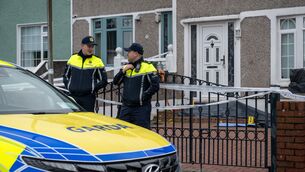Vacant homes tax rakes in just over €1.2m from 3,600 properties in first year

The Dublin City Council area had the highest number of declared habitable vacant homes at 675, with 361 deemed not liable for the tax
Revenue has also developed a vacant property register with data drawn from sources including GeoDirectory, the Residential Tenancies Board, ESB Networks, and Revenue’s LPT register, and will use this register to identify residential properties which may come within the scope of the vacant homes tax.










